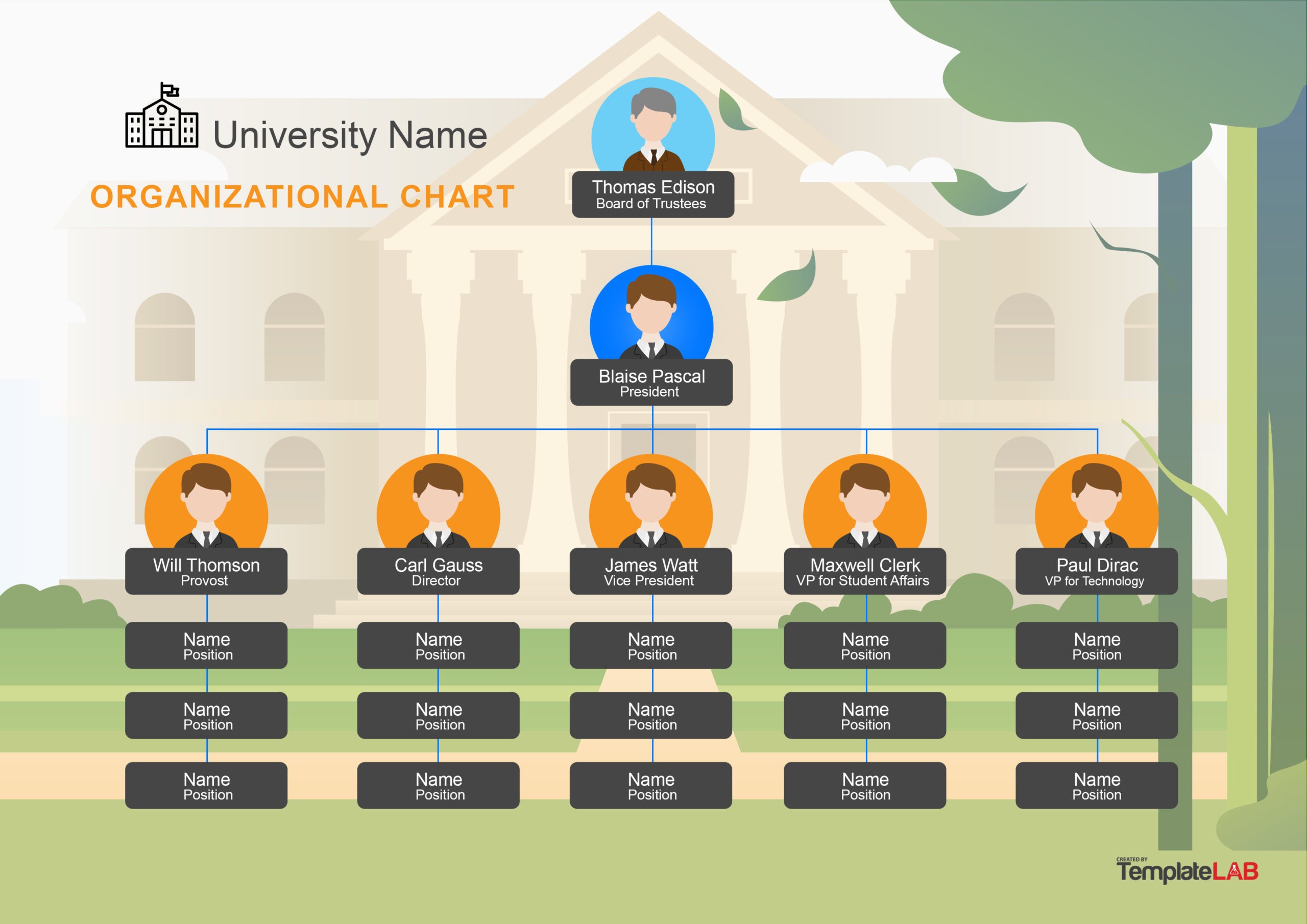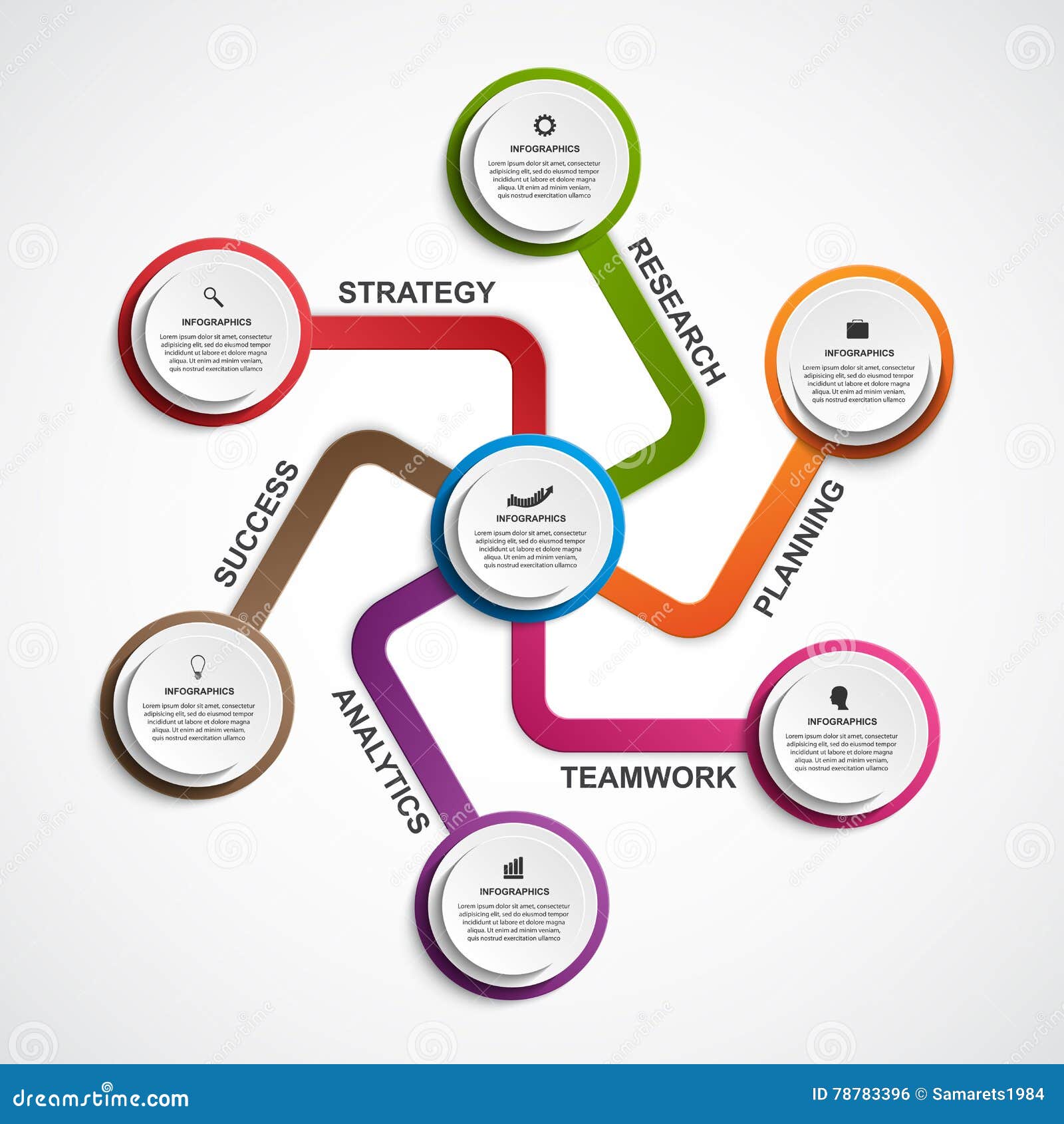Table Of Content
Today, organizational design capability and skills have become critical to the toolbox of any HR Generalist, with HR being called upon more to lead and facilitate the organizational design process. Organizational design is determined by the strategic direction of the company, a.k.a. the vision, mission, and goals of the company. These lead to strategies that the company competes on, which are enabled through the organizational design.

Step two: Capabilities and design criteria
Even the lowly hierarchical functional model has advantages in the right situation. From about 1980 to mid-late 1990, teams organized themselves around complete workflow processes rather than tasks, leading to flatter structures and cross-functional teams. The rise of the quality movement and Six Sigma drove the new team orientation and inspired new types of organizational design. We hope this article has given you sufficient information to think through how you want to approach redesigning your organization and how you can use organizational design models to navigate this change process.
Traditional organizations
It often requires a review of the entire organisation and its context to decide what does and doesn’t work. This includes systems, structures, people practices, rewards, performance measures, policies, processes, culture and the wider environment. Organizational design refers to how an organization is structured to execute its strategic plan and achieve its goals. This means that the optimal type of organizational design is determined by the organization’s strategy. Within three months of the “redesign of the redesign,” employees registered a hugely improved understanding of their roles and a general rise in satisfaction. Any new organization design should not only deploy and leverage existing talent to the full but also aim to attract, retain, and develop future talent.
Organization Strategy
For example, a UX designer will report to the UX leader regarding the company's UX strategy and roadmap and their product manager for product-specific day-to-day tasks. For example, in a hierarchical structure, the new French team members might be spread across various departments, whereas in a divisional structure, they might work together as a cross-functional French team. The latter will require a divisional head, team leader, and project manager, and the company might have to open a French regional office. Jay Galbraith's Star Model, developed in the 1960s, is one of the most commonly used organizational design frameworks.
As a result, the organization is more likely to earn higher profits and improve the quality of its goods and services. It’s also likely to have a more motivated workforce and be better prepared to weather disruption. An organization is nothing more than a living embodiment of a strategy. Research suggests that only 10% of organizations are successful at aligning their strategy with their organization design. Some of the problem is a gross misunderstanding of what the word “alignment” actually means in this context.
In terms of organizational design, this company will have a strong, centralized authority, tight control, and many standard operating procedures. When undertaking organisation design, organisations should pick whichever model focuses on the factors most relevant for them (or combine elements to create a bespoke approach). Enable your organization to grow and scale effectively, by establishing clear paths for expansion and understanding how to allocate resources efficiently. Collaboratively design a scalable and transparent organizational structure. It’s not enough to have the tools to fulfill the dictates of the organization design you have, you need to monitor your work to make sure it’s meeting your expectations. Our software delivers real-time data for more insightful decision-making.
Curated Collections for Designers

This factsheet explains what organisation design is, how it compares with organisation development, and the people professions’ role in it. It looks at reasons for undertaking organisation design and how to do so effectively, including different models and approaches that can be used. All types of organizational design have their merits and drawbacks. None of them are exclusive, and an organization must continually develop its structure to adapt to current and future challenges.
International Business
It's important to note that company structures change as the business evolves. Startups will likely experience several org structure iterations as they scale from a handful of employees to a large company operating in several markets. The matrix org structure organizes employees by function and product. Employees report to their functional manager and a product manager.
Matrix Structure
Meet the pros: Entergy's Tim Barnes - Entergy Newsroom
Meet the pros: Entergy's Tim Barnes.
Posted: Tue, 16 Jan 2024 08:00:00 GMT [source]
Align teams on roles and responsibilities by providing a single source of truth. Combine dashboards, documents, tables, and presentations — all in one infinite workspace. Instead of having a manager who determines objectives and facilitates achieving them, teams work together to achieve their goals. Thus, for team leaders, supervisory skills are much less critical than collaboration and group problem-solving. Companies define them by market, product, or location, or they can be part of a matrix of functions and other business units. Our complete guide on organization design will give you an in-depth look at what organizational design is and how it works.
All too often, companies deploy performance assessment criteria to link operational failures to specific roles or individuals. A smart organization understands that performance requirements can be highly complex and often conflicting and accepts that problems of execution arise for many reasons. Finally, organizational enablers provide further help in creating the coherent organizational context that encourages the desirable behaviors. The main enablers are enterprise-level decision processes and their support systems, performance management, and talent management. Organizational structure and design are critical elements in ensuring an organization is set up to thrive. A poor organizational structure can cause a host of problems, including low employee morale, high staff turnover, poor work quality, lack of coordination between business units, wasted time and ineffective problem-solving.
In this second step, you define the behaviors required to achieve the purpose. That will, in turn, lead to a set of design principles to be used for guidance as you shape the four key design elements, which are the building blocks for producing the desired behaviors. These elements are organizational structure, roles and responsibilities, individual talent, and organizational enablers. Note that they affect one another in many ways, and they act in combination to alter the context for individuals and encourage behaviors that drive high performance. So, instead of dealing with each of the four elements independently, you need to consider them jointly and align them. Organizational design structures an organization’s resources, processes and systems, enabling the organization to achieve its goals.

No comments:
Post a Comment